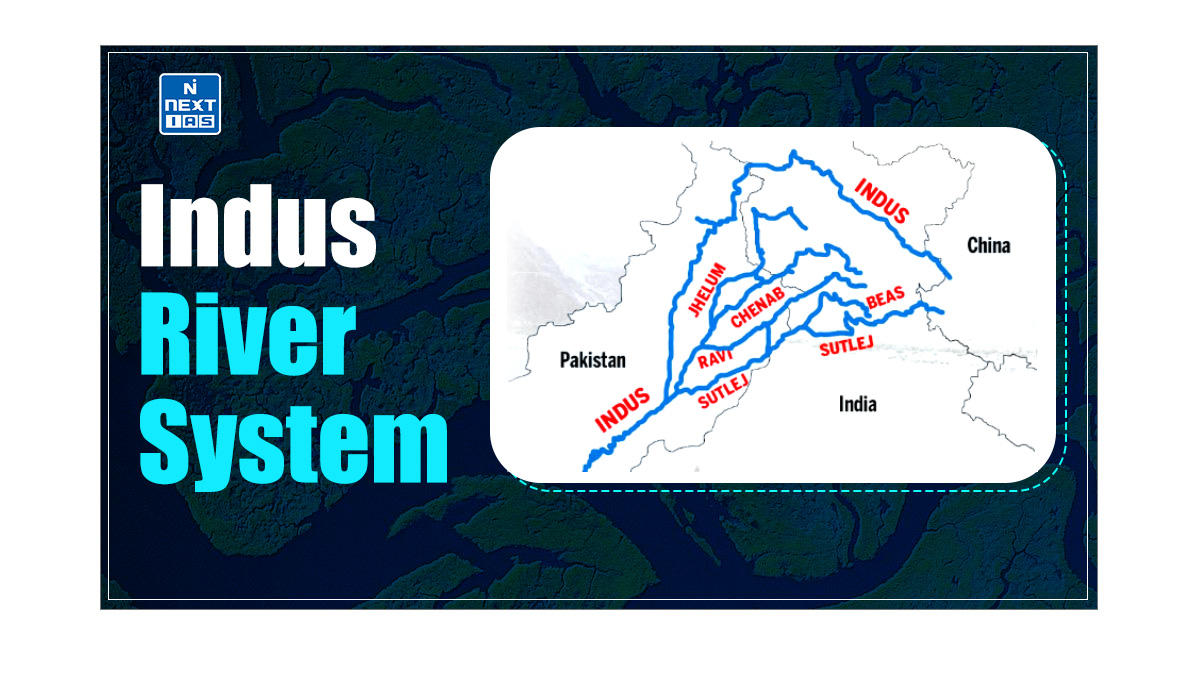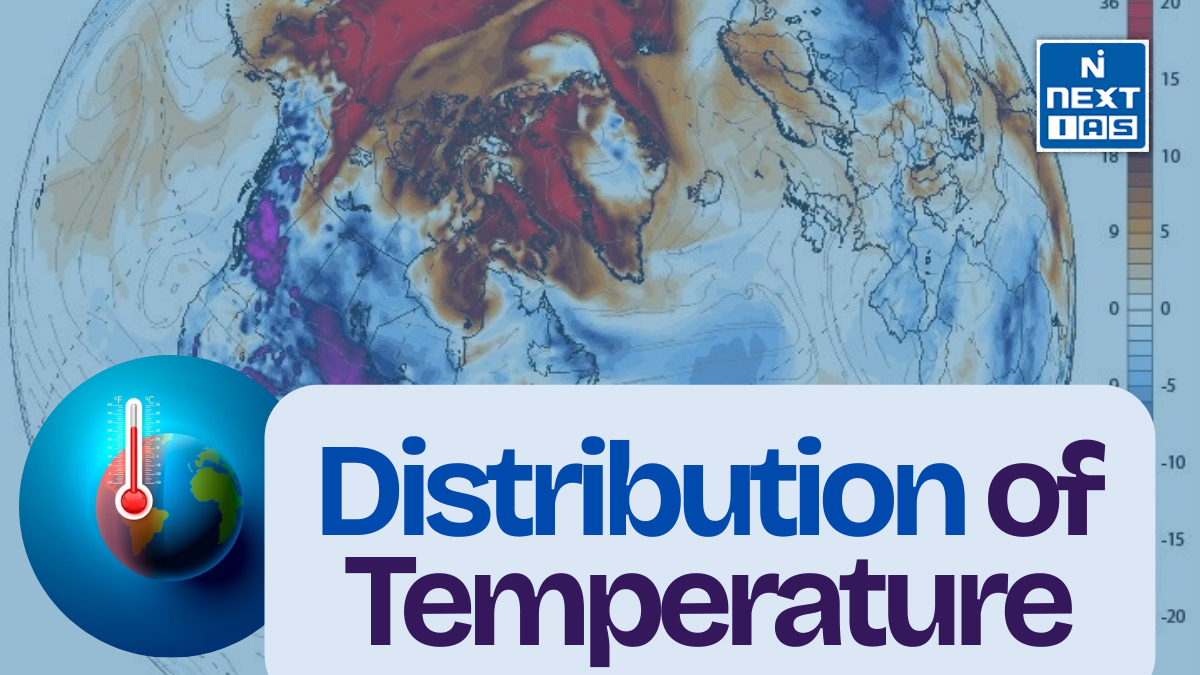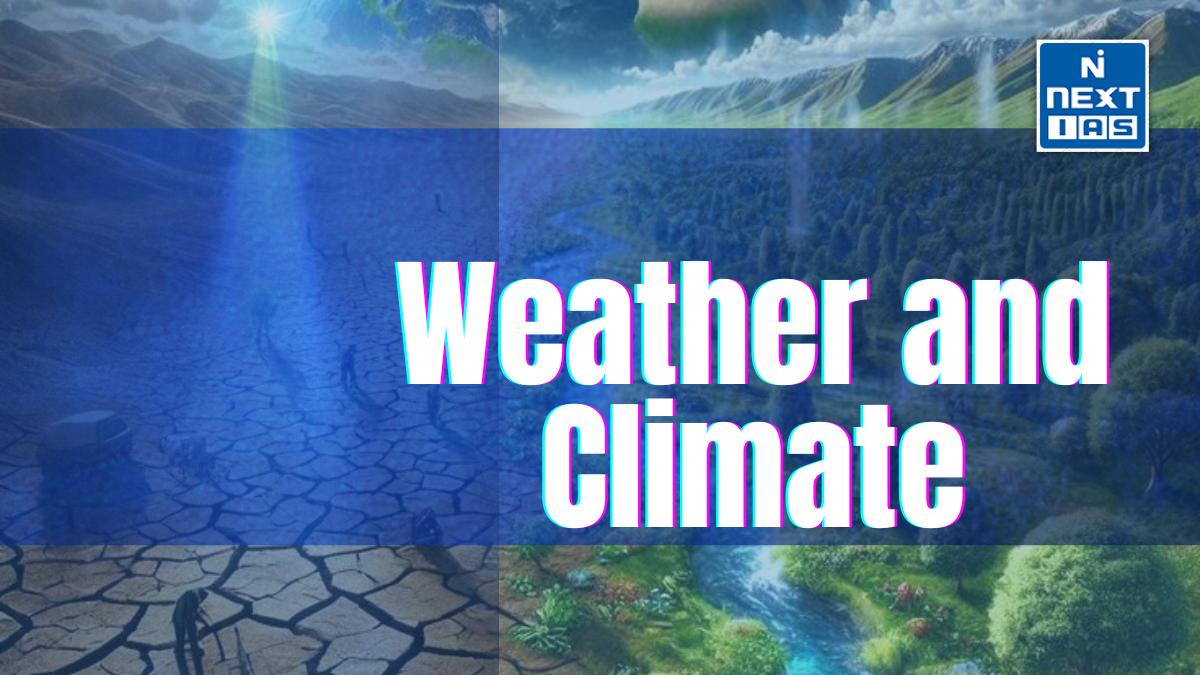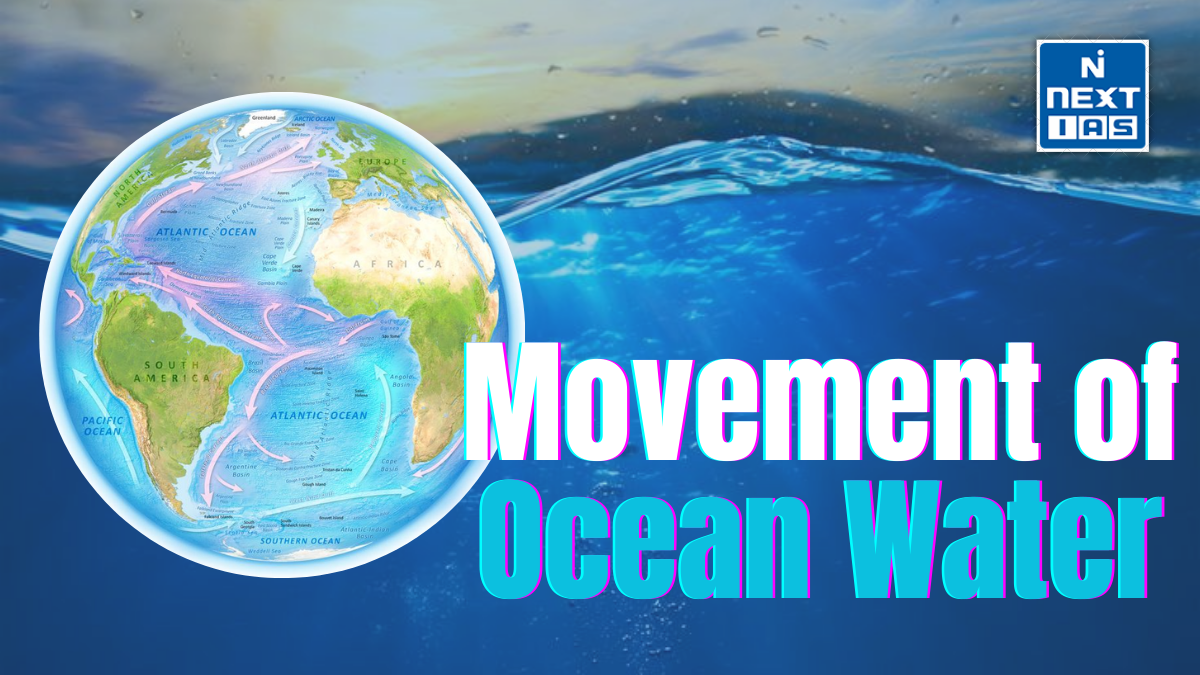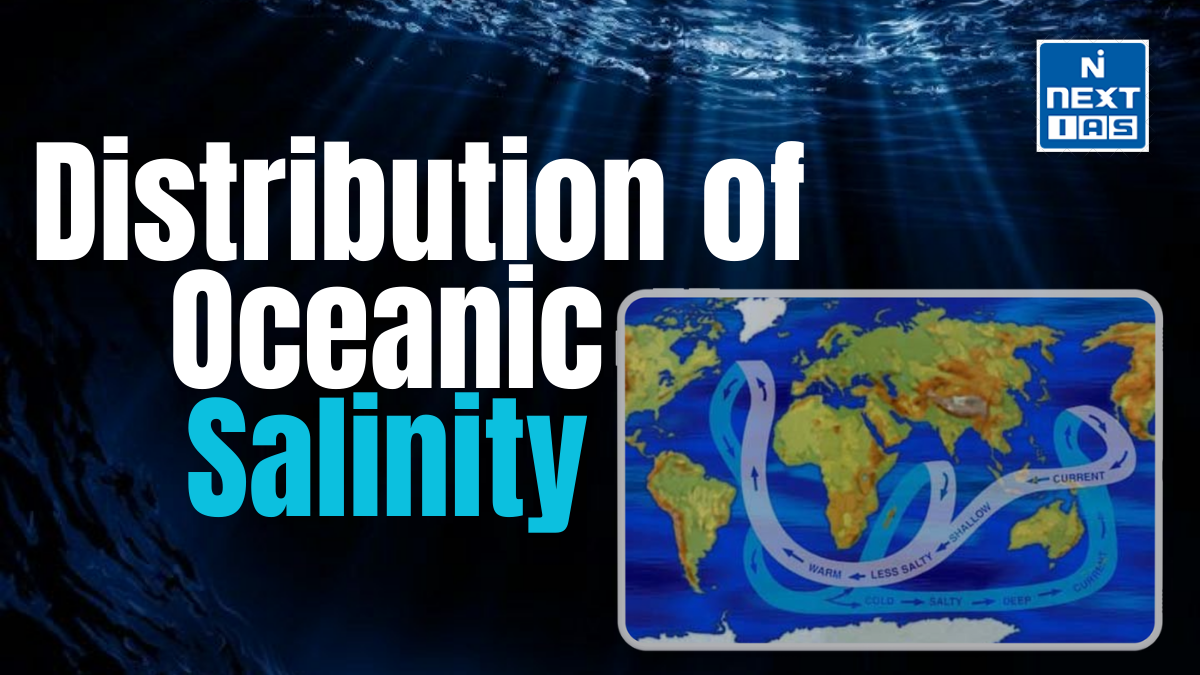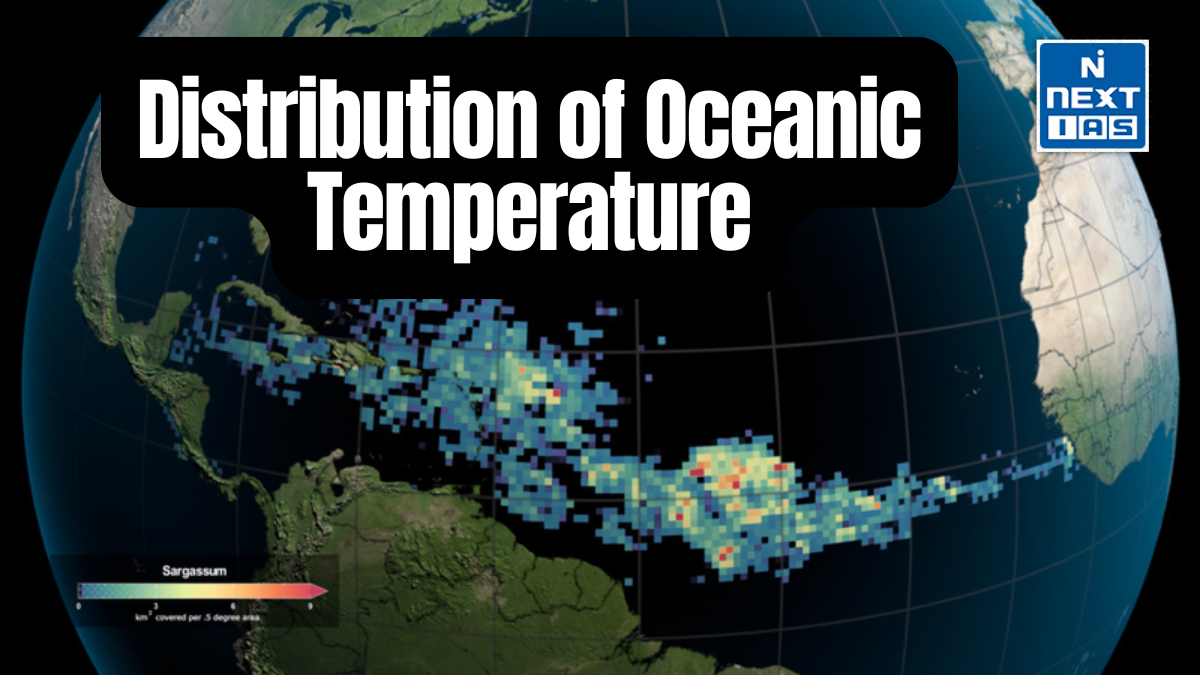
Glacial landforms are features created by the movement and melting of glaciers, which shape the landscape through erosion, deposition, and transport of materials. These landforms, such as valleys, moraines, cirques, and fjords, provide insights into past climatic conditions and play a significant role in shaping mountainous and polar regions.
About the Glacial landforms
- Glacial landforms are distinctive features shaped by the movement, erosion, and deposition of glaciers.
- These massive ice bodies, driven by gravity, reshape landscapes over time, leaving behind a variety of formations that reflect their dynamic processes. Glaciers erode the land beneath them through plucking and abrasion, creating landforms such as U-shaped valleys, cirques, and arêtes.
- Deposition of materials carried by glaciers forms features like moraines, drumlins, and eskers.
- Glacial landforms are primarily found in high-altitude mountain regions and polar areas, providing valuable evidence of historical and present-day climatic changes.
- They also play a crucial role in water storage, as glaciers act as natural reservoirs that release freshwater during warmer seasons.
- Additionally, these landforms support diverse ecosystems and influence local weather patterns.
- Understanding and preserving glacial landforms is essential for studying Earth’s geological history and mitigating the impacts of climate change on these fragile environments.
Formation Process of Glacial Landforms
- Accumulation of Snow and Ice:
- Glaciers form when snow accumulates in high-altitude or polar regions, compressing into dense ice over time due to the weight of overlying layers.
- Movement of Glaciers:
- Driven by gravity, glaciers flow slowly, eroding and reshaping the underlying and surrounding landscapes through processes like plucking and abrasion.
- Erosion:
- Plucking: Glaciers lift and remove rocks from the ground.
- Abrasion: Rocks and debris embedded in the ice scrape against the surface, creating polished rocks, striations, and U-shaped valleys.
- Transportation of Material:
- Glaciers transport debris, rocks, and sediments over long distances, contributing to landform creation.
- Deposition:
- As glaciers melt, they deposit the transported materials, forming landforms like moraines, drumlins, and eskers.
- Melting and Retreat:
- When glaciers retreat, they leave behind unique features such as kettle lakes, outwash plains, and fjords, shaped by the ice and meltwater.
Types of Glacial Landforms
Glacial landforms are categorized based on their formation process: Erosional Landforms and Depositional Landforms.
Erosional Landforms
- Cirques:
- Bowl-shaped depressions formed by glacial erosion at the head of a glacier.
- Arêtes:
- Sharp, knife-edge ridges between two cirques or glacial valleys.
- U-shaped Valleys:
- Formed by glacier movement, reshaping V-shaped river valleys into broad, flat-bottomed valleys.
- Horns:
- Pyramid-shaped peaks formed by the erosion of multiple cirques around a mountain.
- Glacial Striations:
- Scratches or grooves on bedrock caused by rocks embedded in glacier ice.
- Fjords:
- Deep, narrow inlets formed when a U-shaped valley is flooded by rising sea levels.
Depositional Landforms
- Moraines:
- Accumulations of debris deposited along the edges (lateral moraines), end (terminal moraines), or beneath glaciers (ground moraines).
- Drumlins:
- Smooth, elongated hills formed by glacial deposition, indicating glacier movement direction.
- Eskers:
- Long, winding ridges of sand and gravel deposited by meltwater streams beneath glaciers.
- Kettle Lakes:
- Depressions formed by melting ice blocks, later filled with water.
- Outwash Plains:
- Broad, flat areas of sediment deposited by glacial meltwater beyond the glacier’s terminus.
- Erratics:
- Large boulders transported and deposited by glaciers, often found far from their source.
These landforms are key to understanding glacial processes and Earth’s climatic history.
Significance of Glacial Landforms
- Water Resources:
- Glaciers act as natural reservoirs, storing freshwater and releasing it seasonally, supporting rivers and communities downstream.
- Climate Indicators:
- Glacial landforms provide evidence of past climatic conditions, helping scientists study climate change and glacial history.
- Ecosystem Support:
- Many glacial landforms, such as kettle lakes and fjords, support unique ecosystems and biodiversity.
- Soil and Fertility:
- Glacial deposits like moraines enrich soils with minerals, enhancing agricultural productivity in certain regions.
- Tourism and Recreation:
- Glacial landscapes, including cirques, U-shaped valleys, and fjords, attract tourists for activities like hiking, skiing, and sightseeing, boosting local economies.
- Natural Hazard Mitigation:
- Glacial features like moraines and outwash plains can act as barriers, reducing the impact of floods and landslides.
- Scientific Research:
- Glacial landforms aid in understanding Earth’s geomorphology, sediment transport, and ice age dynamics.
- Cultural and Aesthetic Value:
- Glacial landscapes hold cultural significance for many communities and offer stunning natural beauty that inspires art and culture.
Impacts of Glacial Landforms on the Globe
- Water Resource Regulation:
- Glacial landforms act as crucial freshwater reservoirs, feeding rivers and sustaining ecosystems and human populations, particularly in arid and semi-arid regions.
- Sea Level Regulation:
- Melting glaciers contribute significantly to sea-level rise, impacting coastal communities, ecosystems, and global climate patterns.
- Biodiversity Support:
- Glacial landforms like kettle lakes and fjords create unique habitats, supporting diverse and often endemic species.
- Soil Formation and Fertility:
- Glacial deposits enrich soils with minerals, improving agricultural productivity in regions influenced by glacial activity.
- Tourism and Economic Contributions:
- Glacial landscapes attract millions of tourists annually, bolstering economies through activities like skiing, hiking, and sightseeing.
- Natural Hazards:
- Glacial melt and the destabilization of landforms can lead to hazards like glacial lake outburst floods (GLOFs), avalanches, and landslides.
- Climate Influence:
- Glacial processes regulate regional and global climates by reflecting solar radiation (albedo effect) and influencing atmospheric circulation.
- Historical and Scientific Value:
- Glacial landforms serve as records of Earth’s climatic history, aiding in research on glacial periods, climate change, and geological evolution.
- Hydrological Impact:
- Glacial meltwater contributes to the hydrological cycle, influencing river flow patterns, sediment transport, and water availability globally.
Way forward
Preserving glacial landforms requires global climate action to reduce greenhouse gas emissions, mitigate global warming, and slow glacial retreat. Sustainable tourism, research, and conservation programs should be prioritized to protect ecosystems. Promoting awareness, restoring degraded glacial areas, and strengthening policies can ensure the resilience of these vital landscapes for future generations.
Conclusion
Glacial landforms are vital features shaped by glaciers, influencing ecosystems, water resources, and climate regulation. They serve as records of Earth’s climatic history and support biodiversity, tourism, and agriculture. Preserving these fragile landscapes is essential for maintaining their ecological, scientific, and economic significance in the face of climate change.
GS - 3